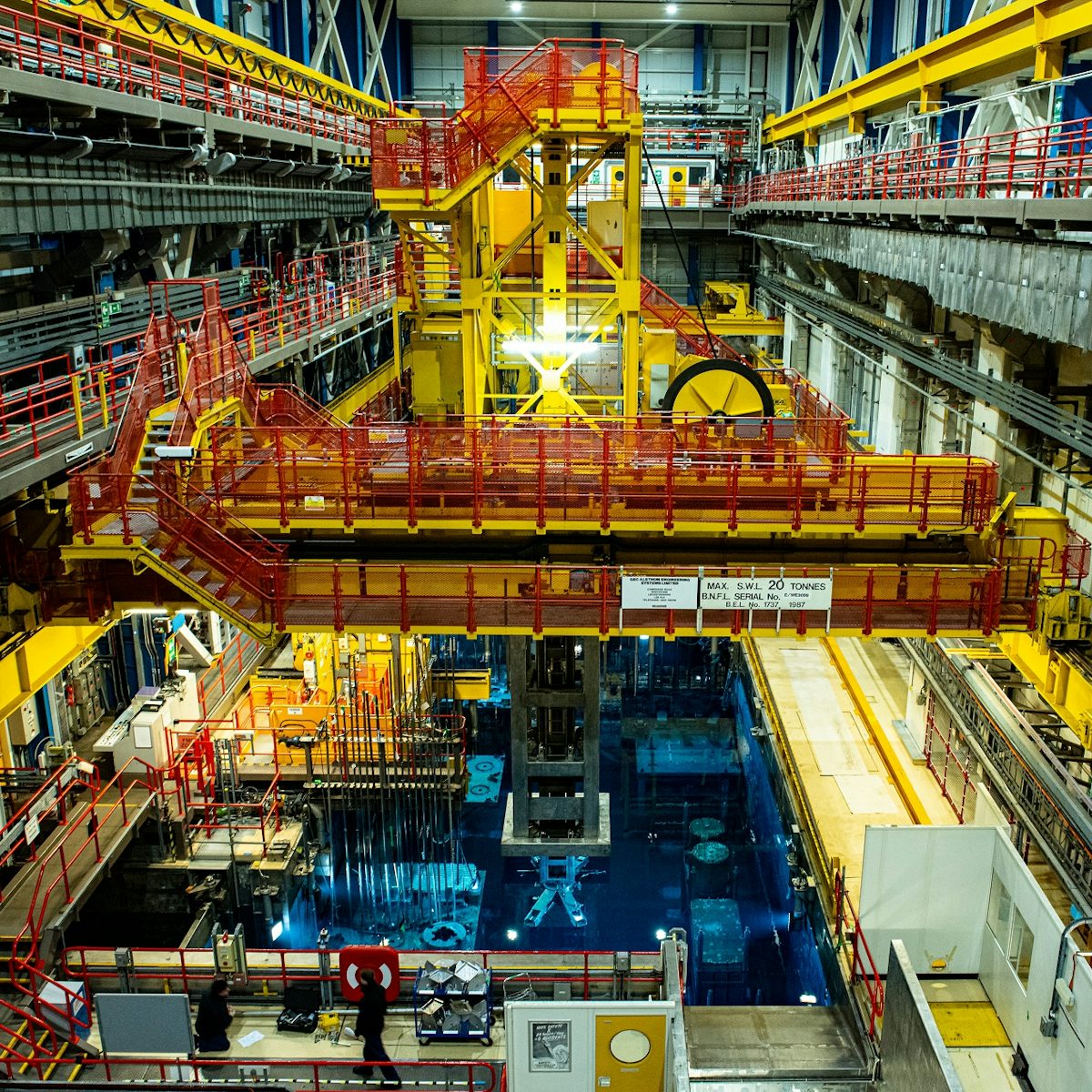Gov’t says deep geological repository will not be ready until 2050s.
A deep geological disposal facility for spent nuclear fuel and other highly radioactive waste is not expected to be ready in the UK until the 2050s, but a shallower disposal facility could be available within 10 years allowing for quicker decommissioning which will save around £500m (€584m, $634m) in storage costs, the government has said.
It said the Nuclear Decommissioning Authority (NDA), a government body, will explore using a facility closer to the surface – up to 200 metres below ground – for less hazardous radioactive waste as part of an updated policy for handling nuclear waste and radioactive substances.
Other changes will encourage innovation in waste treatment techniques – from greater recycling to research into extracting radioisotopes from nuclear materials for use in diagnosis and treatment of cancers, with the option of disposal made the last resort.
“This will minimise impact on the environment and help reduce the amount of waste for disposal,” the government said in a statement.
The new policy will also make clear that lightly contaminated rubble and substructures can be disposed of onsite if safe to do so. The government said this will avoid tonnes of waste being bagged up and transported for heavy-duty disposal elsewhere, reducing impact on the environment, with the potential to save a further £500m over the next 20 years.
Following the example of Hinkley Point C and Sizewell C, new nuclear stations which have plans to manage spent fuel on site, new nuclear projects will need to ensure they have a robust plan for decommissioning and managing waste.
The changes come after the UK government recently announced the biggest of expansion of nuclear power for 70 years and is exploring building a major new power station as well as rolling out a fleet of small modular reactors in England and Wales.
The most hazardous nuclear waste in England and Wales will ultimately be disposed of deep underground in a facility which isolates and contains the waste within rock and protective barriers.
Less hazardous waste does not need this hyper-secure isolation and can be more quickly and safely disposed of in near-surface disposal facilities, the government said. Like a geological disposal facility, this kind of waste facility never needs people to manage it once it has been sealed and closed.
John Corderoy, technical director of state-owned Nuclear Waste Services, which is owned by the NDA, said earlier this year that construction of the planned deep geological repository would begin in the 2040s. He said it would be “operational and disposing waste in the early 2050s”.
NSW has said finding a suitable site and a willing community, along with securing the necessary consents and permits, could take about 15 years.
Three potential sites being assessed are Mid-Copeland and South-Copeland in Cumbria, northwest England, and Theddlethorpe in Lincolnshire, eastern England.


